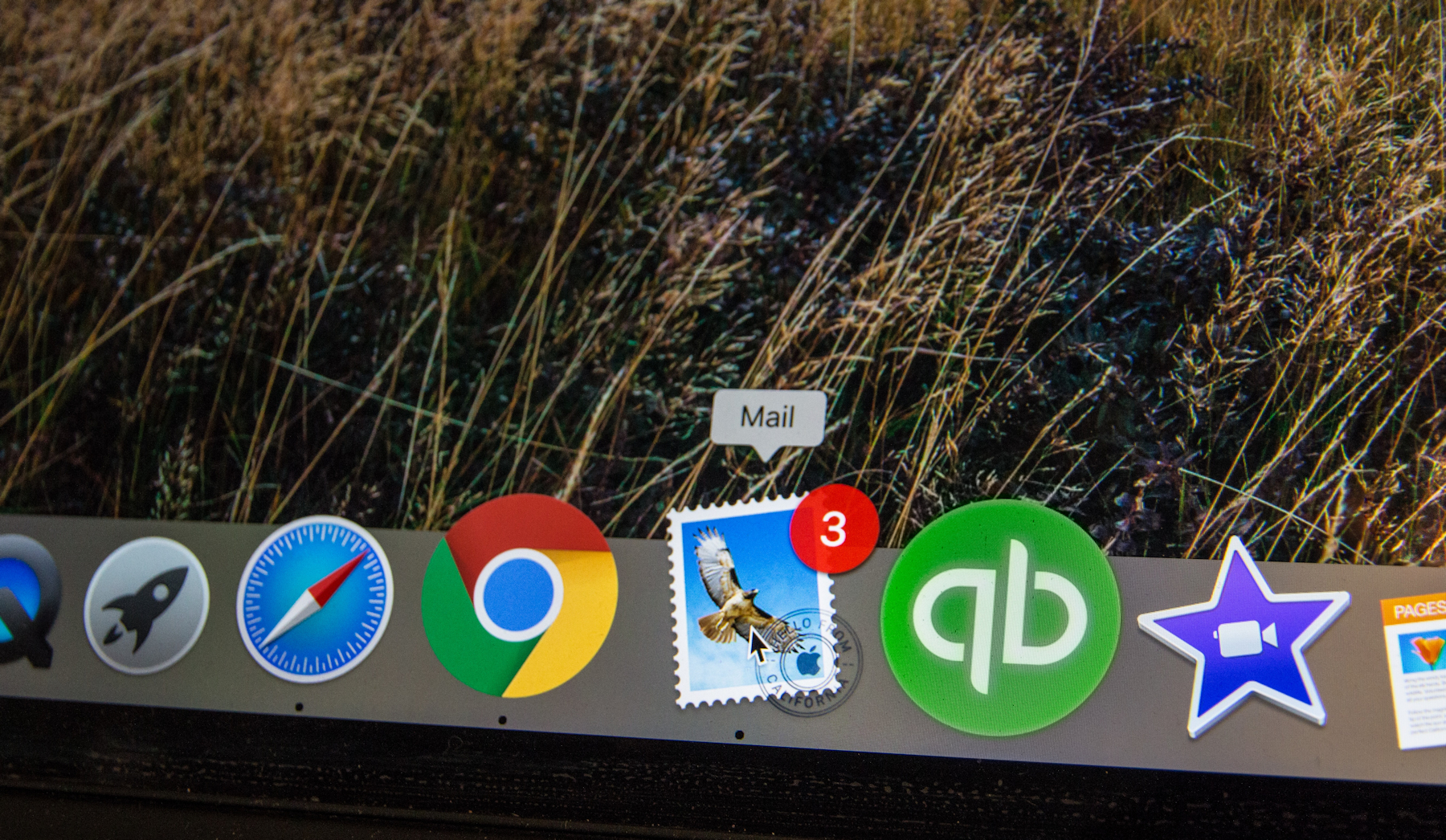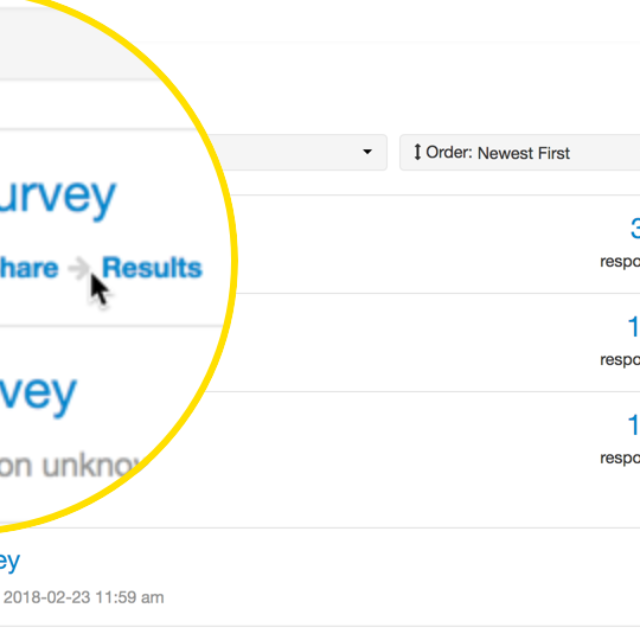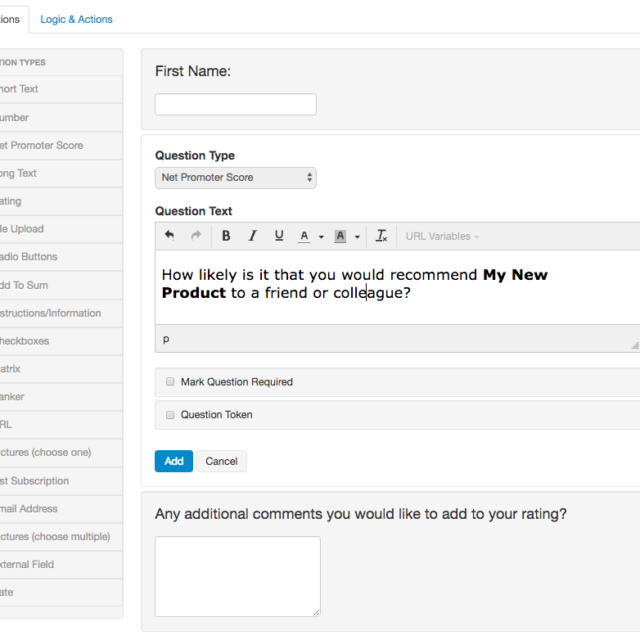One of the most effective ways to get survey responses is to send out your survey through email.
You have a captive audience, the arena is personal, and you can grab their attention. Because of this, you’ll have a better chance at increasing your response rate.
In this article, we look at ways you can embed an NPS Score into an email.
#1: Include a Link to Your NPS Survey in the Email
One way you can have your survey in your email is by inserting a link to the campaign.
While this certainly is a viable way, it’s not the most effective because it asks your respondents to click away from their email.
There is a better way that gets your question answered immediately and right from your respondents’ email.
#2: Embed Your NPS Survey into the Email
When you use SurveyTown, you can embed your survey questions right in your email campaigns.
Because the NPS Survey is a one-question survey, embedding the HTML right in your email lets your respondents see and answer your survey by giving you a one-click response instead of clicking to the survey and then responding.
How do you embed the survey into your email? We’ll give you the HTML code, and you can copy and paste it into the email service (think MailChimp, Constant Contact, Campaign Monitor, etc.) you use.
You find this code by going to the “Promote” tab in your SurveyTown account. Then, click on “Questions.” Once there, you can copy and paste the HTML code to embed in your email.
It’s a good idea to embed your NPS Score survey into your email because it keeps your respondents’ steps to only one. This increases your response rate. (tweet this)
Now that you know how to embed an NPS Score into an email, let’s look at how to increase your email open rates.
A/B Test Your Subject Lines
OptinMonster says the average email open rate is 25%. What does this mean for you?
First, no two email lists are the same, so if you want to increase your open rate and ultimately your response rate, you must have a quality email lists.
Second, if your NPS email isn’t up to par, the odds that your audience will open your email lessen. In the end, you’ll have less data rot work with.
The key to a higher email open rate and one that is above average is in your subject line. You can A/B test your subject lines using most of the email service providers today.
By testing your subject lines, the email provider will determine a winner and use that subject line for the rest of your list. For example, you might test the following subject lines:
- “Do you have 15 seconds? That’s all it takes to help us improve your experience.”
- “Complete our survey today!”
- “30 seconds is all it takes to complete our survey!”
Your email provider then sends to a small portion of your list, picks a winner, and sends to the winner.
In the future, you’ll also have a better idea what subject lines generate the best open rates for your email.
Personalize Your Email Subject Lines
A good rule of thumb is to also personalize your subject line. Adding a respondents first name to the subject line will increase your open and completion rates.
It might look like this: “Carol, please take 20 seconds to complete our survey and improve your experience!”
When doing this though, you also want to include fallbacks in case your customers haven’t given you their first name. In this case, the fallback for Carol might be “valued customer.”
Personalizing subject lines shows your customers that you care about them on a personal level and want to provide an experience unique to them.
Personalize the Email
Another way to increase your response rate is to personalize the body of the email itself.
For example, instead of asking “How likely is it that you would recommend brand X to family and friends,” ask this: “John, how likely is it that you would recommend brand X to family and friends?”
You’ll find that that targeted personalization increases customer engagement.
Send the NPS Score Survey at the Right Time
There are two types of NPS surveys you can send.
The first type is the transactional NPS. This survey is triggered by a specific event. This might be when a customer has a phone call with your customer service department, or it might be when they used your automated system.
You send this survey immediately so you can find out what your customers think when the process is fresh in their minds.
Another type is the relationship NPS. This survey measures how satisfied your customer is overall. It tells you exactly how likely they are to be your brand ambassadors and company advocates.
You want to send this survey between seven days and 30 days after the customer bought your product or signed up to use your services.
These surveys are best sent on a regular basis. For example, consider a quarterly or semi-annual send.
Final Thoughts
Once you’ve embedded your NPS Score survey into an email, sent it to your respondents, and they’ve answered you, it’s time to send them a thank you.
You can automate these thank you emails to ensure they get delivered right after the respondent completes the survey in their email.
Saying thank you to your customers solidifies in their mind how much you care about their opinions. It is also a bit of good will that may mean they’ll be more likely to answer your future surveys.
In addition, if your customers left you a poor NPS score, and you know who they are, it is recommended that you follow up in person.
You don’t want them heading over to Google or Facebook to leave you a bad review after they complete your survey.
A personal phone call can go a long way to remedying a hard situation.
Finally, embedding your NPS survey into an email is the best way to send this one-question survey. It makes it easy for your customers to answer quickly so they can move on to their other emails.
Surveys help you make the best decisions for your business. Are you ready to get started with your free Survey Town trial? Start with your free account today, and you can upgrade at any time.
Images: Web Hosting on Unsplash




